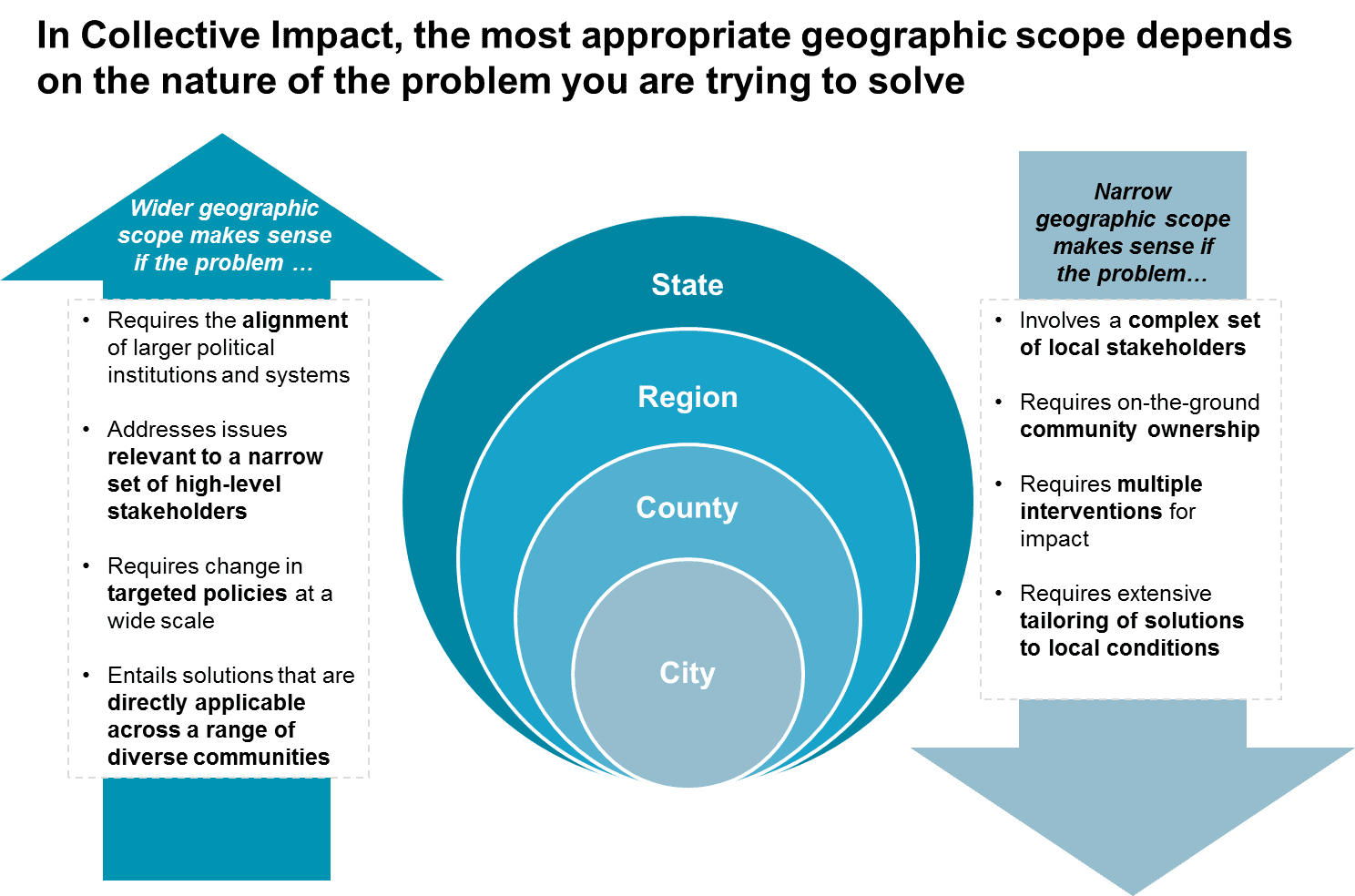Dr. Larry Rand, Principal Investigator for the UCSF Preterm Birth Initiative, took the podium in front of a large group of his peers who work on issues of maternal health across the globe. He was speaking about the historic $100M gift to the university to reduce the incidence of prematurity, the number one cause of infant mortality in the world. The initiative will strive to better understand the causes of prematurity, a multifactorial disease driven by social determinants of health like poverty, living and working conditions, family and housing instability, and poor access to healthcare. In addition to the focus on discovery and research, the initiative will also partner with FSG to explore the use of collective impact to drive sustainable change on preterm birth in specific communities. After his presentation, the FSG team had an opportunity to meet with Dr. Rand and other critical partners to begin a readiness assessment for collective impact. Our first question, “Now that we have an issue focus and the resources for collective impact, which sites would be the best fit for a CI effort on preterm birth?”
At the start of every collective impact effort, there are often questions on scope and scale. Inadvertently, the issue of geography comes up as well. In what geographic boundaries should we focus our work? What size is too large? What size is too small? In our work with UCSF, we are trying to figure out: Should the collective impact initiative focus on individual cities or counties? Regions like the Bay Area or Central Valley? Or the state of California as a whole? Many collective impact initiatives find themselves facing similar questions. The obvious but less satisfying answer is…it depends on the nature of problem you’re trying to solve.
Now, that may seem obvious but it was not intuitive for our team at first. After spending time exploring the questions above, we designed a simple framework for thinking about geographic scope (see illustration below). There are multiple “places” where impact can happen – at neighborhood, city, county, regional, state and even national level. But the potential solutions for the problem you’re trying to solve do not exist at every level. For example, in a collective impact initiative to reform the juvenile justice system in New York, the nature of the problem revolved around the misalignment of state resources and systems incentives, and the solution pursued was a change in state-wide policies. In that instance, the right geographic scope was the entire state of New York. If the work was focused only on New York City or the upstate New York region, it is unlikely that as much progress would have been made on the policy front. However, for preterm birth, the nature of the problem is driven by living/working conditions and the systems of care accessed by women and families. Thereby, the potential solutions to this challenge will be focused on City or County itself – where local resources and systems of care (especially for poor families) are best addressed.
In thinking about geography, here are a few tips for others working to get collective impact initiatives off the ground:
- Focus first on the problem you’re trying to solve, and identify the key levers for change (or solutions) that can make a difference on that specific problem. And then ask yourself, at what geographic level do these solutions exist?
- Think about populations, systems, institutional players that are involved in the problem you’re trying to solve, and identify interdependencies. These interdependencies will help you identify the potential geographic level to focus on.
- Identify the areas of momentum and start there, even if it’s a neighborhood level. You can help stakeholders build upon work that’s already in place, and strive towards these larger connections over time.
Our work with UCSF is evolving to focus on three potential counties where collective impact could be used to drive population-level impact on preterm birth. The potential for collective impact here is to align local systems, like community-based providers, hospitals, public housing and workplace regulations, to address the needs of women who are most at risk of adverse birth outcomes. And it is this realignment at the local level that could dramatically change the lives of the women and families in California faced by this issue, and prevent babies from being born too soon.

